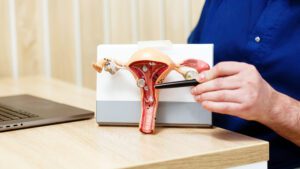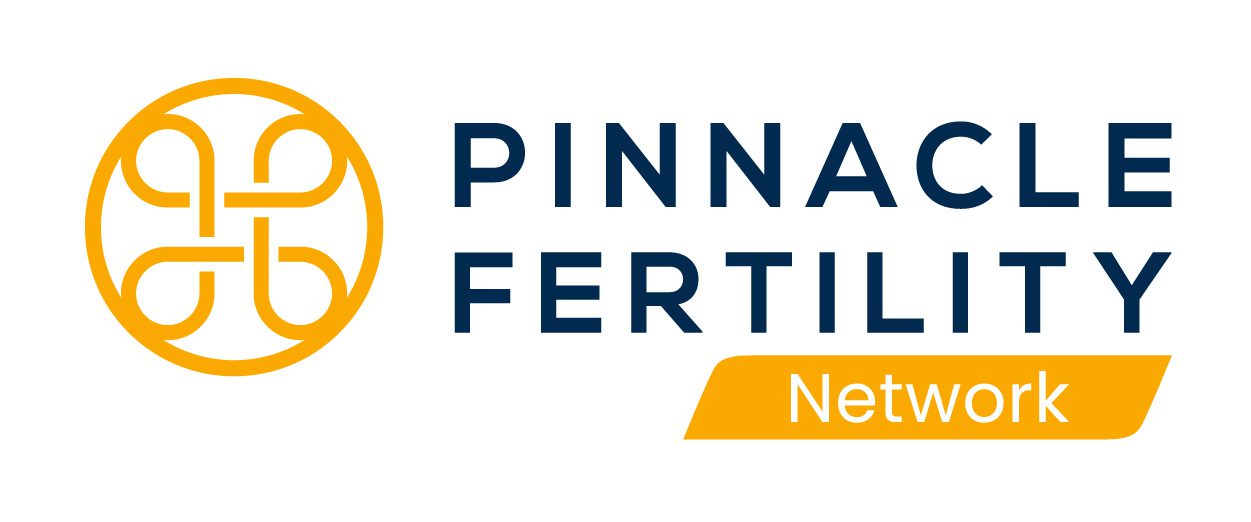July marks Fibroid Awareness Month, a dedicated time to shed light on a common but often misunderstood women’s health condition: uterine fibroids. At Pinnacle Fertility, we believe that education and early intervention are crucial in managing fibroids, particularly for individuals concerned about their fertility and reproductive health.
What Are Uterine Fibroids?
Uterine fibroids, also known as leiomyomas or myomas, are benign (non-cancerous) growths that develop within the muscular wall of the uterus. They vary widely in size, number, and location. While some individuals may have a single small fibroid, others might develop multiple large fibroids.
Fibroids are very common; studies estimate that up to 70-80% of people with a uterus will develop fibroids by age 50. Despite their prevalence, fibroids often go undiagnosed because many individuals experience no symptoms or only mild ones.

Common Symptoms and Impact on Quality of Life
When symptoms do occur, they can significantly impact daily living. If you are experiencing symptoms such as heavy, prolonged periods, pelvic, back, or leg pain, frequent urinating, constipation, or fertility issues, talk to your doctor about whether fibroids could be the cause.
Fibroids and Fertility
For those trying to conceive, fibroids can present additional challenges. While many individuals with fibroids have no trouble becoming pregnant, certain types of fibroids can grow into the uterine lining. This can affect fertility by disrupting the uterine environment.
Fibroids may also increase the risk of pregnancy complications such as preterm labor or placental issues. Assessment and management of fibroids are crucial components of fertility care.
Diagnosis and Treatment Options
Diagnosing fibroids typically involves a pelvic exam, followed by imaging tests such as ultrasound or MRI. If fibroids are found, treatment depends on symptoms, size, location, age, and reproductive goals and can include:
- Medications to temporarily reduce fibroid size or manage symptoms
- Minimally invasive procedures to shrink fibroids without major surgery
- Surgical options, including Myomectomy (removal of fibroids), are often preferred for those wanting to preserve fertility. In severe cases, hysterectomy may be considered as a treatment option.
Deciding on the best approach is highly individualized and should be done with a knowledgeable healthcare provider.

The Importance of Fibroid Awareness
Fibroid Awareness Month promotes open conversations about symptoms and available treatment options. Many people delay seeking help because they believe fibroids are “normal” or untreatable. Awareness leads to earlier diagnosis, better symptom management, and improved reproductive outcomes.
If you experience symptoms such as heavy periods or pelvic pain, or if you’re facing difficulties conceiving, don’t hesitate to consult a Pinnacle Network specialist. Early evaluation can help clarify whether fibroids or other factors are involved.
Pinnacle Fertility’s Commitment to Your Care
At Pinnacle Fertility, we provide comprehensive evaluation and personalized treatment plans for fertility-related conditions. Our team is dedicated to guiding you through every step of your journey toward parenthood with compassion and expertise. Schedule a consultation today to take the next step toward growing your family.





